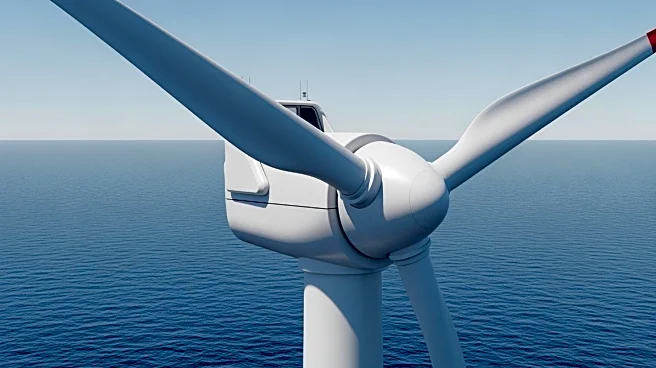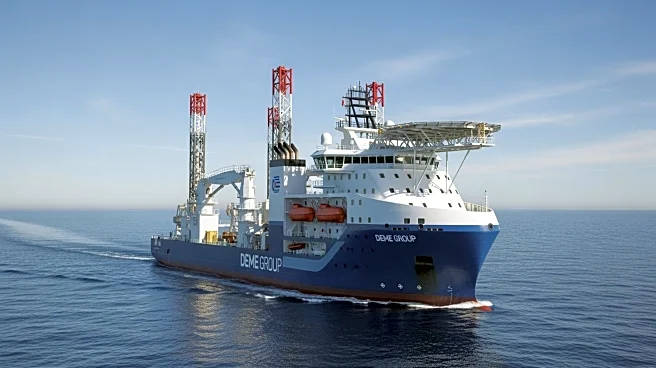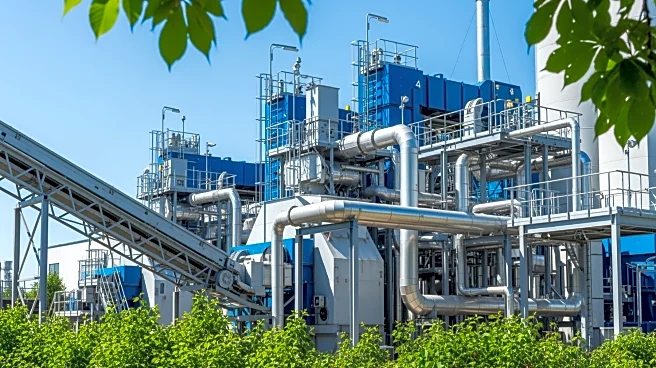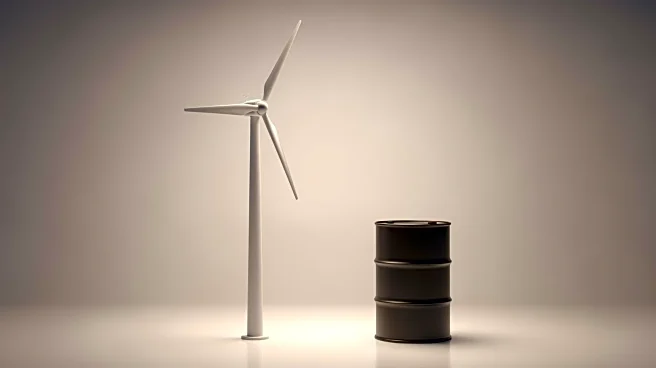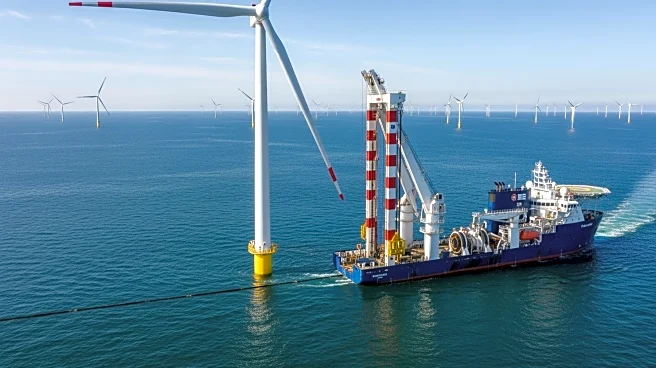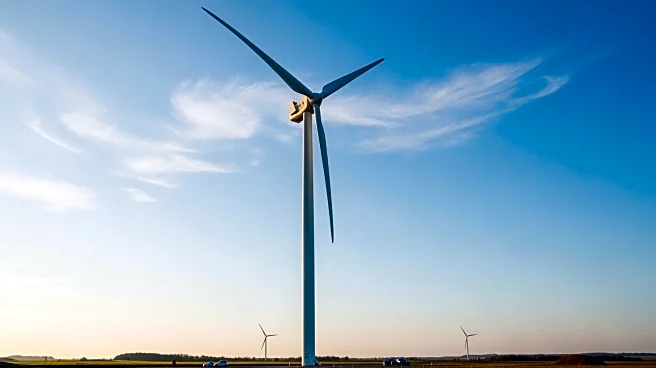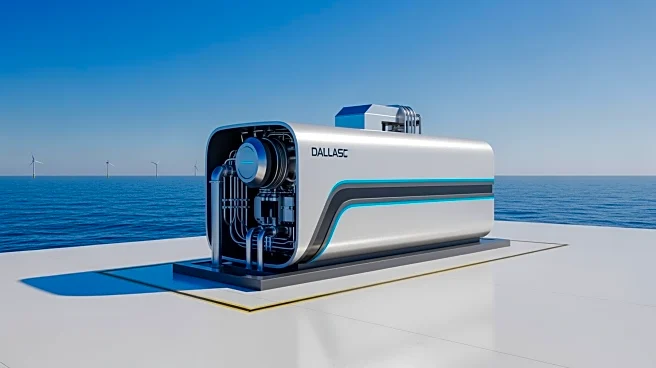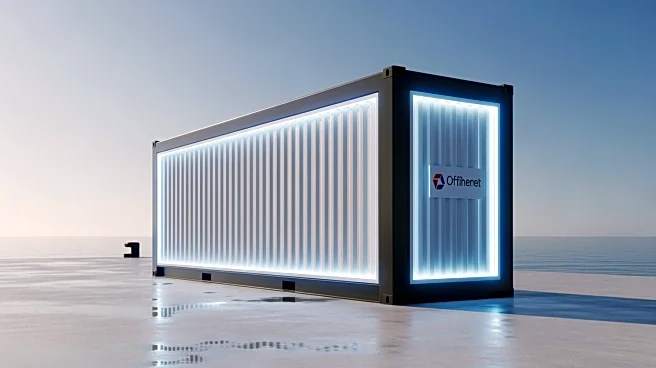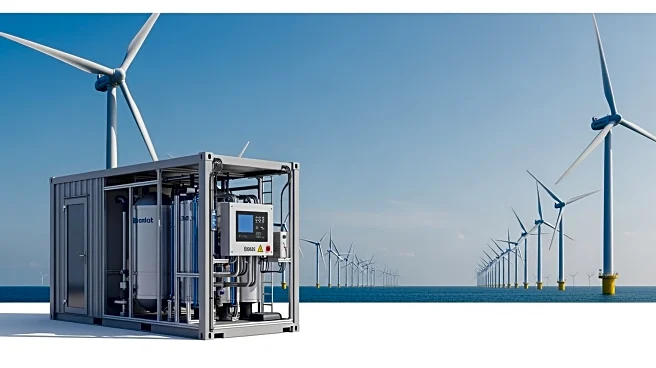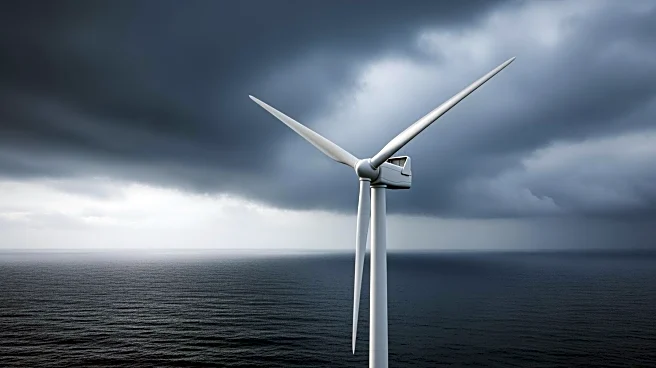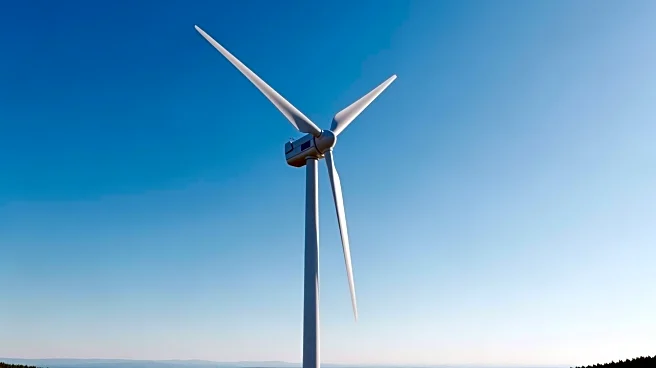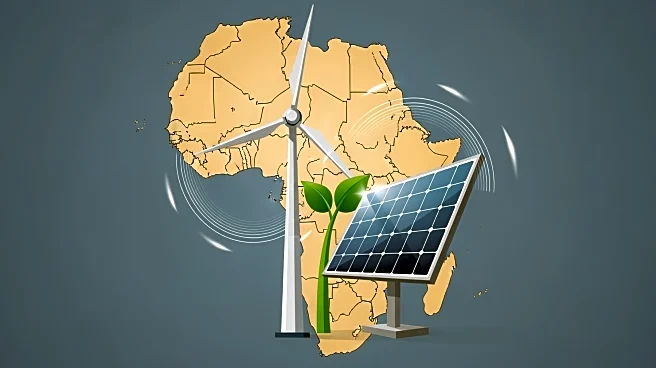What's Happening?
As offshore wind energy development accelerates globally, the industry faces challenges in ensuring the longevity of its infrastructure. Unlike offshore oil and gas platforms, offshore wind farms are remote, unmanned, and exposed to harsh marine conditions.
This necessitates next-generation protective coating standards to extend the service life of wind assets to 35 years or more. Current standards, developed for oil and gas, validate coating performance for up to 25 years, which is insufficient for offshore wind developers targeting longer lifespans.
Why It's Important?
The need for updated coating standards is critical as offshore wind turbines are expected to outnumber oil platforms significantly. The harsh marine environment poses unique challenges for maintenance, requiring specialized vessels and costly operations. Developing robust coating standards will help reduce maintenance intervals and ensure the durability of wind assets. This is essential for the sustainable growth of the offshore wind industry and the transition to renewable energy sources.
What's Next?
Industry collaboration is key to establishing updated evaluation protocols that reflect real-world challenges. Developers and coating suppliers are working to create frameworks that incorporate advanced testing and sustainability metrics. The path to long-term, low-maintenance wind assets begins with coatings proven by data and experience. As the offshore wind sector grows, so must the standards to ensure the future of renewable energy.
Beyond the Headlines
The development of next-generation coating standards highlights the importance of innovation and collaboration in the renewable energy sector. It underscores the need for sustainable practices and the role of industry leaders in driving progress. The focus on durability and maintenance reflects the broader goals of achieving a sustainable energy future.
